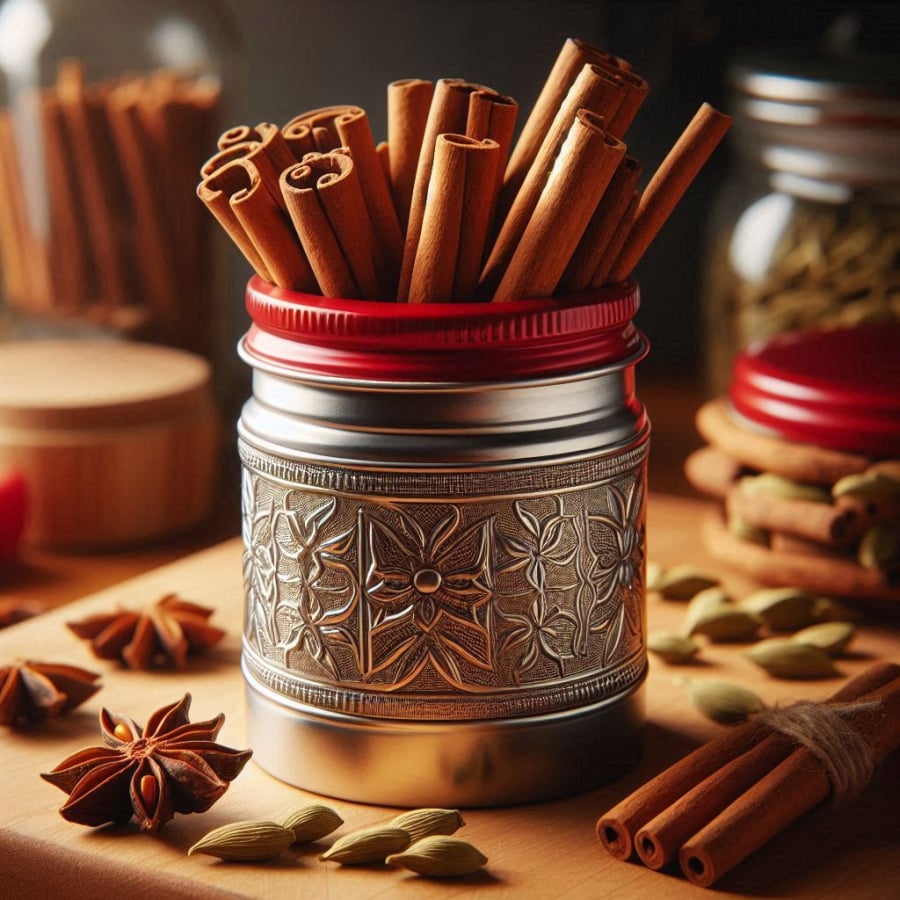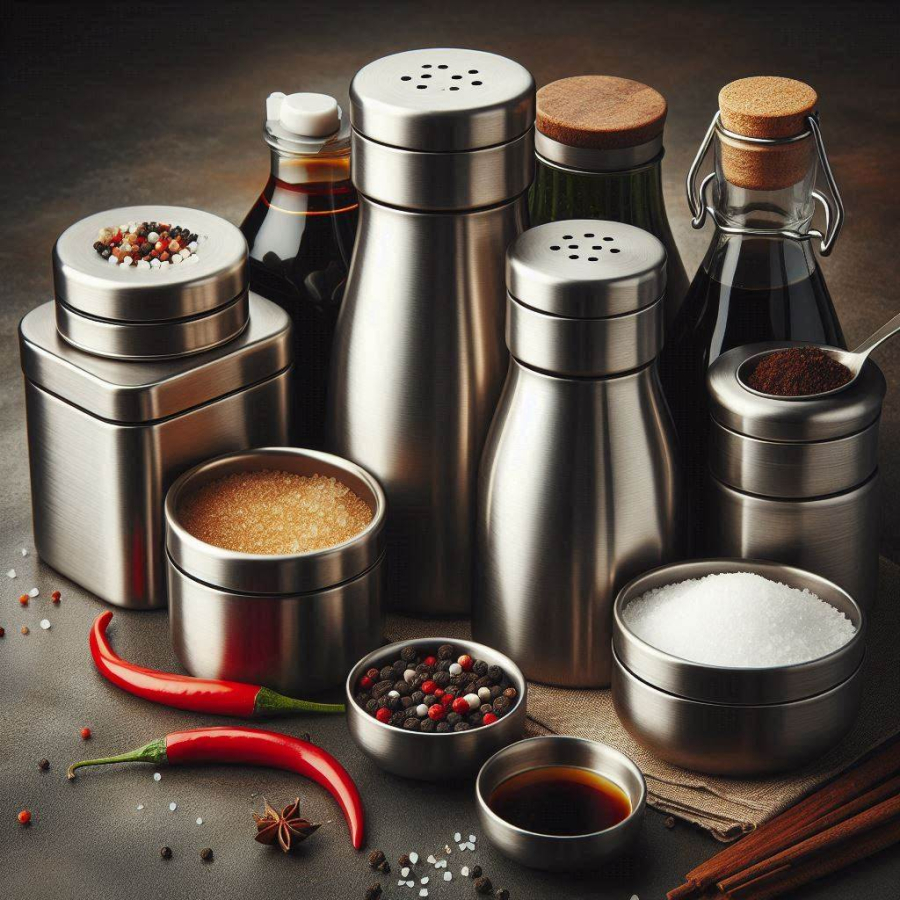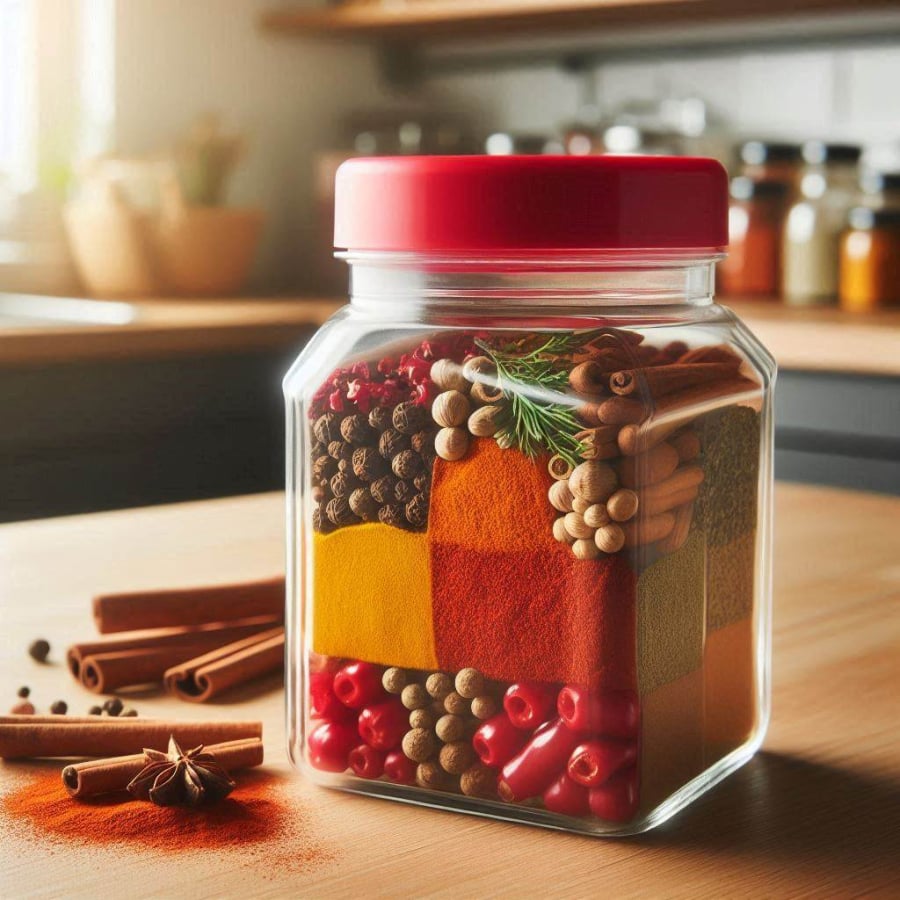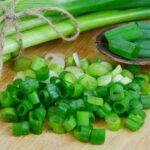Spices and condiments not only enhance the flavor and color of dishes but also stimulate appetite and offer numerous health benefits. In every kitchen, various spices are used, such as salt, sugar, fish sauce, soy sauce, and vinegar, each with unique characteristics in terms of both taste and preservation methods.
Spices are typically stored in jars, bottles, or containers collectively known as spice jars. However, if you don’t choose the right type of container, you may unintentionally allow harmful substances to contaminate your food. Here are four types of spice containers that you should consider discarding immediately to protect the health of your family.
Metal Spice Containers
Spices often contain acidic or alkaline components due to their processing methods. If stored for extended periods in metal containers, there is a high risk of corrosion, leading to rust and altering the flavor of the spices.
While consuming a small amount of rust may not pose a significant issue for individuals with robust immune systems and no metal allergies, the accumulation of rust over time can result in risks to the liver due to iron deposition. Therefore, choosing safe and suitable spice containers is essential to safeguard your health.

Choosing safe and suitable spice containers is crucial for your health.
Stainless Steel Spice Jars for Salt, Soy Sauce, and Vinegar
Stainless steel spice jars are made from iron and chromium alloys, along with other elements, and are known for their durability. However, when used to store products like salt and soy sauce, which contain electrolytes, prolonged storage can lead to electrochemical reactions between the stainless steel and these substances. As a result, harmful metallic elements may precipitate.
The presence of these toxic substances can mix with the spices, easily enter the body, cause liver damage, and even increase the risk of liver cancer in severe cases. Additionally, it’s important to note that highly acidic spices like vinegar and lemon juice should not be stored for long periods in stainless steel containers, as this can lead to the dissolution of chromium, nickel, and other toxic metals. Proper selection and storage methods are crucial for ensuring spice quality and consumer health.

Prolonged storage of salty and electrolytic substances in stainless steel containers can lead to electrochemical reactions.
Plastic Spice Containers
Plastic containers are commonly used for spice preservation and are mostly made from polypropylene, a safe and non-toxic material. However, during the manufacturing process, these plastics may contain small amounts of ethylene monomer. When substances like alcohol, vinegar, or fats are stored in these plastic containers for extended periods, there is a possibility of a chemical reaction, leading to spice contamination by ethylene.
Consuming ethylene-contaminated food over a long period can negatively impact your health. Therefore, using plastic containers for spices, especially for storing acidic liquids or fats, requires careful consideration to ensure consumer health and safety.

The use of plastic containers for spice storage warrants careful consideration.
Unsanitary Spice Containers
According to a study by the Food Safety and Inspection Service (FSIS) of the US Department of Agriculture, spice containers can easily become a breeding ground for bacteria during food preparation. This risk arises from the potential cross-contamination of any item touched while handling raw meat.
The study found that approximately 48% of spice container samples tested positive for MS2 bacterial infection, a bacteriophage often associated with common pathogens like E. coli and salmonella. Additionally, cutting boards and trash can lids were frequently contaminated, while faucet handles were less likely to be infected.
Apart from cross-contamination, if spice containers are not regularly cleaned and stored in a dry place, away from direct sunlight, they can become a conducive environment for bacteria, mold, and fungi to thrive. This situation can lead to undesirable changes in color and taste, spoilage, and health hazards, especially when the spices are used in various food preparations. Therefore, maintaining the hygiene of spice containers is crucial to ensure food safety and protect your health.



































